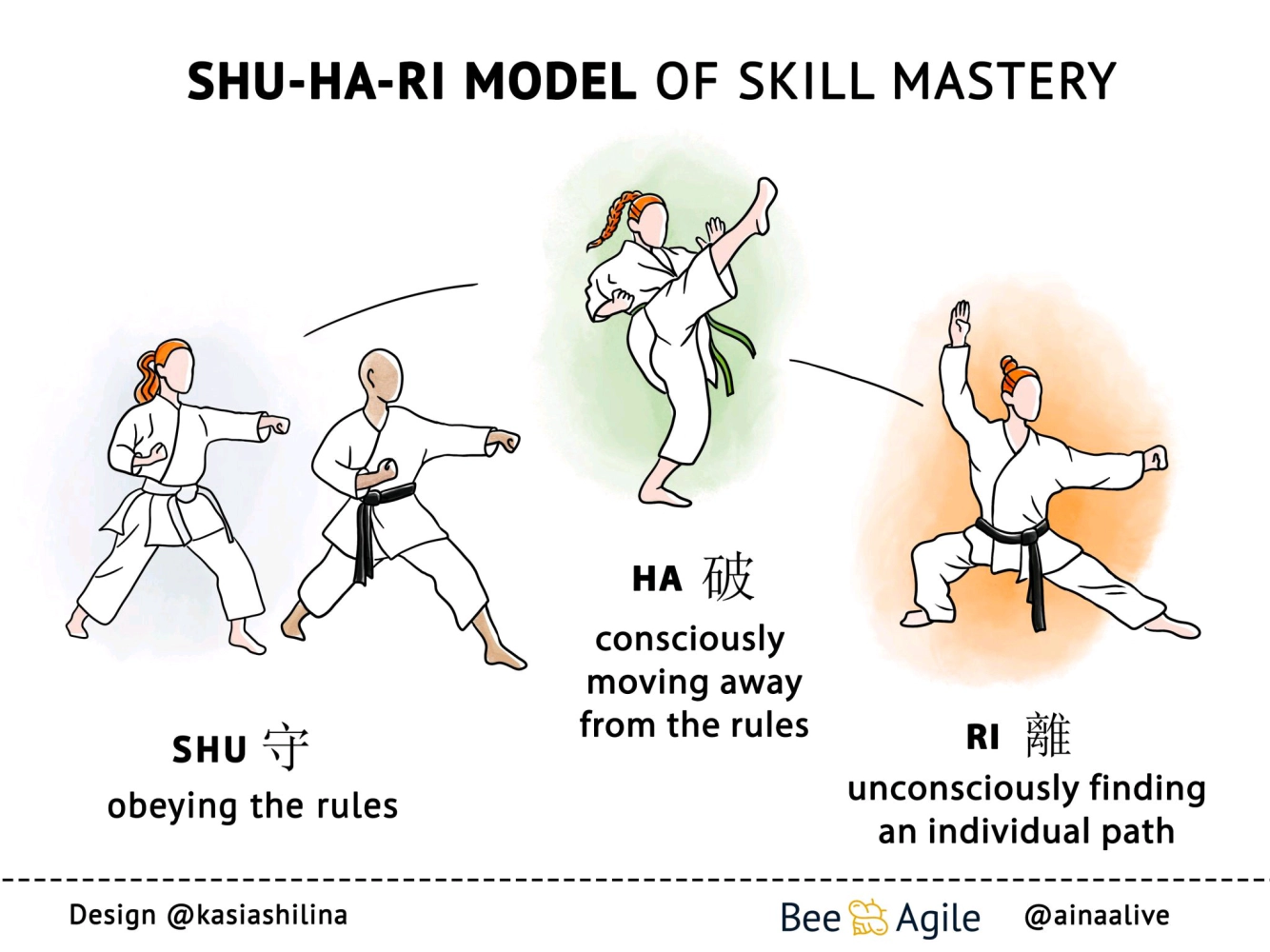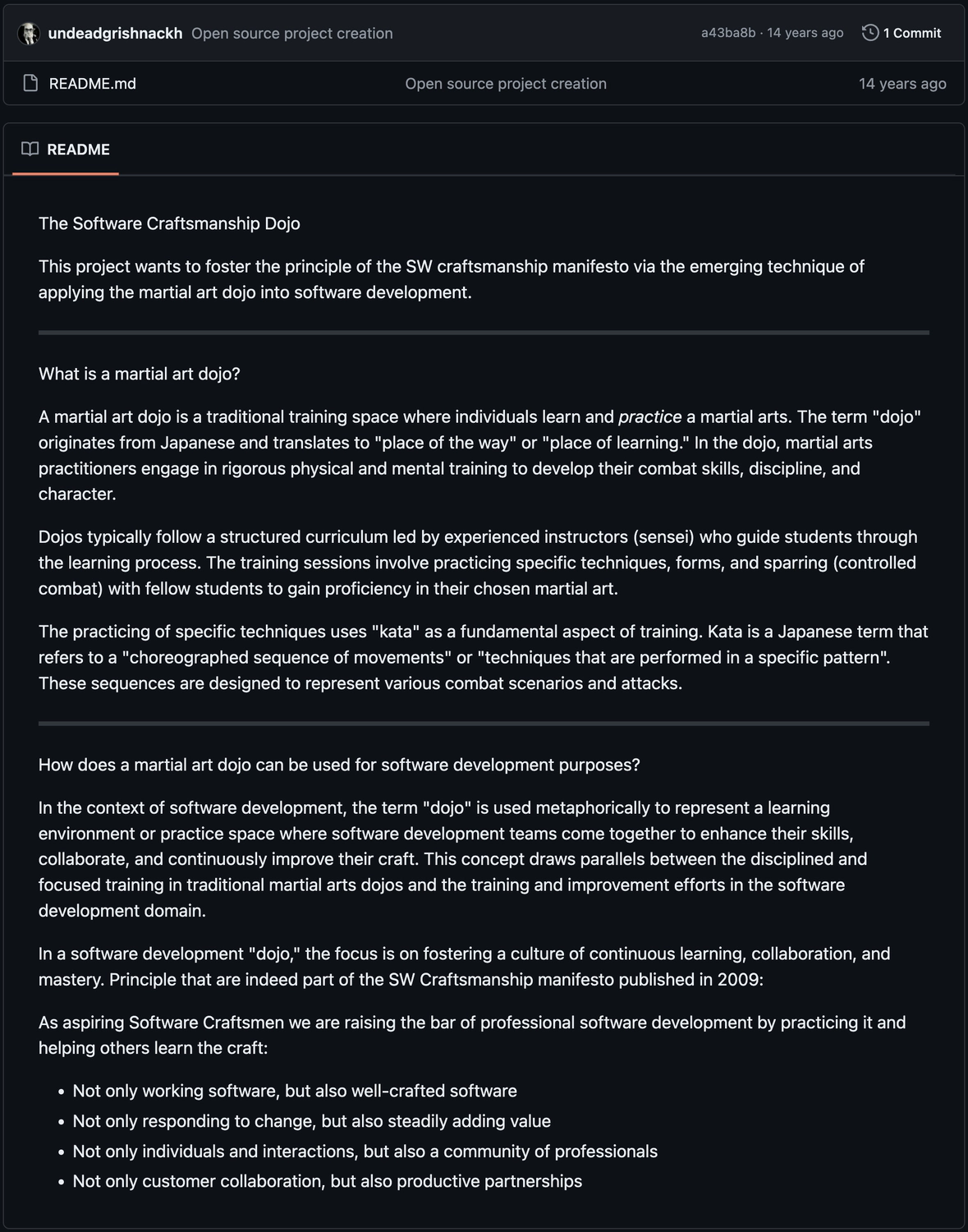Visionary Digital Evolution Strategist
Rooted in Formula 1 excellence, with over 30 years in IT starting as a child in the 1980s, …

Welcome Back, Digital Warriors 🧑🎤!
In our last episode, we dove deep into why it’s crucial to rethink how you train your technical crew. But today, let’s cut to the chase—tech disasters are becoming a recurring nightmare that none of us can afford to ignore. We’ve all seen the headlines, and some of us have felt the sting firsthand when things go south. Take CrowdStrike, for instance. They were once riding high with a stock price of $390, but after the well-publicized gaffe, driven by a lack of technical mastery and poor IT posture, their forecast plummeted to $185. Now, they’re staring down the barrel of damage claims that have sparked nervous whispers about the company’s future.
But here’s the kicker: these disasters don’t just happen because of one rogue developer 🥷🏻 or a single bad line of code 💥—despite what some might try to spin. Even the CrowdStrike CEO initially tried to pass it off as a minor technical glitch. But the recently released post-mortem analysis tells a different story. In their root cause analysis, CrowdStrike finally admitted to the very thing we’ve been talking about—an alarming lack of technical mastery across their teams. You can check out the full post-mortem here, but the bottom line is clear: this wasn’t just a simple mistake, it was a systemic failure. The truth is, these issues run much deeper:
It’s about how your teams are working, how they’re trained—or, more accurately, how they’re not.
Look, most of our teams are talented, no doubt. But talent without the right guidance is like having a Ferrari 🏎️ with neither a driver’s manual nor a professional driver behind the steering wheel. You might get it to run, but it’s only a matter of time before you hit a wall.
We all know that having a Ferrari isn’t just about owning a beautiful machine—it’s about knowing how to truly master it. Ferrari recognizes this, which is why they offer their owners an official driving school with three distinct levels of training:
Sport: Learn the foundations of sports driving technique at the wheel of the 296 GTB on the legendary Fiorano circuit.
Evoluzione+: Continue your training at the steering wheel of the 296 GTB and discover how to drive a Ferrari racing car: the 296 Challenge.
Race: Take part in two days of advanced driving sessions in the Ferrari 296 Challenge and develop your full potential as a driver.
All of this training happens on the Fiorano circuit, where drivers can safely push the limits of their abilities, refining their skills through practice and repetition to become a pilot! This isn’t just a weekend course where you get a certificate and call it a day—this is about continuous, hands-on learning that transforms how you handle the car, in partnership with professional pilots acting as coaches.
Now, contrast this with the typical IT department. How often do you send your teams to a one-off class, only to throw them back into the production grind with little to no time to truly absorb or apply what they’ve learned? Would you give them the key to your precious Ferrari? I guess not. So why do you hand them the keys to your digital portfolio?
The truth is, mastering your super-car—or avoiding these hot summer IT gaffes and related epic disasters—requires a continuous active-learning environment. And that’s where the Ferrari Driving School come in for super-cars owners, and where the Software Craftsmanship Dojo shines for the IT landscape.
Check out this reel of a noob Ferrari driver learning the hard way why practice is essential:
It’s simple: The Ferrari Driving School and the Software Craftsmanship Dojo share the same core values and principles. Both understand that true mastery doesn’t come from a one-off lesson or a quick read through a manual. It’s about hands-on, continuous learning in a real-world environment. Just as Ferrari owners push their limits on the Fiorano circuit, our developers refine their craft in a dojo designed to challenge and grow their skills every single day.
But here’s where things get even more interesting: The foundation of the Dojo isn’t just built on best practices—it’s rooted in over two decades of cutting-edge neuroscience research. You might recall my earlier piece on behavioral engineering, where I delved into the power of neuroscience. Let’s take that a step further.
Back in 2004, Prof. Rizzolatti discovered the ‘mirror neurons’, which you can read more about in his seminal research. This discovery was heralded as the start of a new era in neuroscience because these neurons are why we learn best through observation and practice, not just by reading a manual. Since 2008, I’ve been applying his theory in my real-life martial arts dojo, teaching judo, ju-jitsu and close combat to everyone from kids to special ops forces. A side note about myself—I’ve been on the bushido (武士道) path since I was 6 years old, and in a few days, I’ll hit the big 5-0. That’s 44 years of martial arts, covering six different disciplines, all learned and mastered through the canonical shuhari (守破離) model of Follow the rules, Break the rules, Transcend the rules.

Applying neuroscience to teaching has been nothing short of incredible. The results? Muscle memory, precision, and the ability to react without hesitation—without needing to glance at a pictogram on the wall to remember a move. It’s a more natural learning experience that rapidly builds neuroplasticity and mastery.
That’s exactly the approach I took when we built the Software Craftsmanship Dojo back in 2010.

This isn’t just a place to learn the basics; it’s a true dojo where developers continuously practice until their skills become second nature. But it’s more than just technical mastery—it’s also about the social and philosophical aspects that elevate mere rule-following to something deeper. It’s about drilling down into principles and values so deeply that they become part of an individual’s identity, transforming how they approach their work on an ego level.
In the Software Craftsmanship Dojo, we don’t teach judo or ju-jitsu—we teach software engineering and craftsmanship. It’s a place where the technical meets the philosophical, creating an environment that fosters true mastery in every sense.
As leaders, our focus needs to be on more than just quick wins or short-term solutions. The SW Craftsmanship Dojo is about fundamentally transforming how our teams think, code, and collaborate. And here’s the thing:
when your teams operate at this level, the risk of tech disasters drops dramatically.
Remember that massive outage in July that cost over $10 billion? That could’ve been avoided if the CrowdStrike crew had the Dojo experience under their belts. The Dojo creates an environment where continuous learning isn’t just encouraged—it’s embedded into the daily workflow. It’s about evolving every day, getting better, and anticipating problems long before they escalate.
And the best part? The impact is almost immediate. We’re not talking about waiting months to see results. The Dojo starts making a difference from day one. Teams quickly develop the habit of high-quality coding practices, spotting issues early, and collaborating more effectively. What’s more, they learn to manage their time and focus better, boosting their productive, highly cognitive work hours from just two-three hours a day to over six. It’s like doubling your team’s firepower while installing an early-warning system that prevents the kind of sloppy software production that leads to meeting fatigue, cognitive burnout, and a lack of mastery.
So here’s the deal—if you, my fellow digital warriors, want to stay ahead, prevent those costly tech disasters, and maintain your competitive edge in this relentless market, you need to rethink how you’re training your teams. The Software Craftsmanship Dojo isn’t just a nice-to-have; it’s your secret weapon to prevent a disaster that could jeopardize your career and the future of your company. Let’s equip your people with the technical and social skills, along with the continuous improvement mindset, they need to not just survive, but thrive.
Let’s discuss how we can integrate Dojo into our teams. Trust me, this is the game-changer you’ve been looking for!
And stay tuned for the next episode, where we’ll dive deeper into how the SW Craftsmanship Dojo and my research made waves under The Pragmatic Engineer by Gergely Orosz. Until then, keep evolving! 🌟
To stay in the loop with all our updates, be sure to subscribe to our newsletter 📩 and podcast channels 🎧:
🎥 YouTube
📻 Spotify
Visionary Digital Evolution Strategist
Rooted in Formula 1 excellence, with over 30 years in IT starting as a child in the 1980s, …